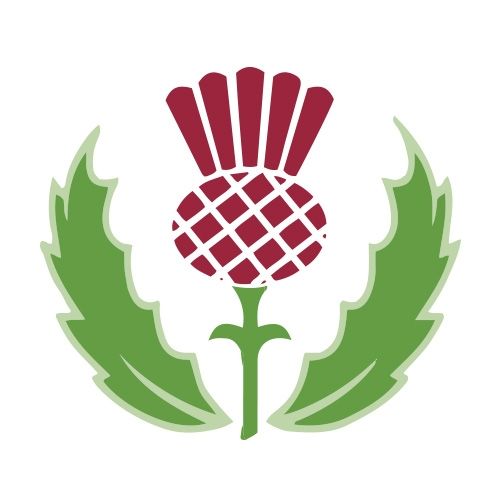
E tū Kia maia Pērā te kuaka - Art work by Bobbie Rushton
This artwork was created and donated by Bobbie Rushton to our school last year. It is a heartfelt tribute to The Balmac Way, a living philosophy that guides the school community and its students.
E tu kia maia (stand and be brave). Pērā te kuaka (like that of the Godwit bird). This is in reference to our kapa haka waiata (written by Neil Brew and Johnny Appleby). The story behind this reference is that Godwits migrate every year from the Northern Hemisphere to Aotearoa. During this time they have to show great perseverance and determination. To succeed. It’s also in reference to the brave bird that stands up first to start this migration once one bird starts then the rest follow.
This artwork is a celebration of the values of whānau (family), mātauranga (learning), and whakawhanaungatanga (building relationships), all of which are central to the school’s approach to education. The painting is more than just a visual piece; it embodies the heart of the school’s vision – a focus on nurturing hauora (well-being) and developing ngā pūkenga mō te ao (skills for life).
At its core, The Balmac Way is a blueprint for life. It’s about guiding the tamariki (children) as they navigate these important "middle years" and setting them on a positive path for the future. It is a journey of growth, learning, and community, and the painting mirrors that ongoing evolution – always a work in progress, just like the students.
The design also draws inspiration from Māori art, using symbols that have deep spiritual and cultural significance. Motifs like the koru, chevron, and spiral represent growth, strength, and connection, reflecting the values of whānau and the interconnectedness we all share. These elements are not only a nod to the traditional Māori artistic practices but also celebrate the wairua (spirit) of the land and people that have shaped the community for generations.
The painting also honours the history of Ngāi Tahu, the iwi (tribe) whose whenua (land) Balmacewen stands on. The name Balmacewen itself has roots in the early settler history of John McGlashan, but it also ties into the rich Māori heritage of the area, with Māori occupation of Ōtepoti (Dunedin) dating back to the 13th century. This connection to the whenua and the tīpuna (ancestors) of the region is an integral part of the story that the painting tells.
This artwork is a taonga (treasure), reflecting the strength of both the school’s values and the rich cultural heritage of the land it sits on. It’s a visual expression of the journey that the rangatahi (youth) of Balmacewen are undertaking – one that is grounded in the past, but always looking forward to the future.
